 In Kenya, internet connectivity is a privilege enjoyed by people who live in urban areas. In contrast, millions in rural areas remain in the digital dark. Starlink, a satellite internet provider known for delivering fast and reliable internet in remote and rural areas, launched in Kenya in July 2023. Marketed as a solution for regions with poor or no internet connectivity, Starlink in Kenya experienced a huge demand, leading to a network capacity overload.
In Kenya, internet connectivity is a privilege enjoyed by people who live in urban areas. In contrast, millions in rural areas remain in the digital dark. Starlink, a satellite internet provider known for delivering fast and reliable internet in remote and rural areas, launched in Kenya in July 2023. Marketed as a solution for regions with poor or no internet connectivity, Starlink in Kenya experienced a huge demand, leading to a network capacity overload.
Approximately 70% of Kenya’s population resides in rural areas, which are underserved and often face challenges accessing essential services due to poor infrastructure. Starlink is bridging the digital divide in Kenya by revolutionizing access to health care in rural areas. From telemedicine to real-time data management, here’s how this innovative technology is revolutionizing access to health care.
The Link Between Health Care and Poverty
According to the World Health Organization (WHO), health is a fundamental human right. Yet, our financial capacity often limits access to health care, including the choice to get medical care or where to get it. In low-income countries, these options compel individuals to pay for medical care out of pocket, forcing families to forego their well-being. Consequently, the burden of medical expenses and loss of income pushes families deeper into poverty.
Investing in effective health systems and universal health care can ensure that all persons, particularly the most vulnerable, can access health care without experiencing financial constraints.
Health Care in Kenya
Kenya has made notable progress in upholding this right by implementing a system designed to address systemic issues. The country has improved access to health care, increased the number of medical personnel and supplies, digitized health services and promoted national insurance uptake. However, challenges like delays, inefficiency and unreliability persist in the new health care model.
Starlink’s Revolutionary Role in Murang’a
Amid these challenges, in the central region of Murang’a county, Starlink is revolutionizing health care delivery. Nestled in scenic hills, it is a significant tourism attraction but a logistical nightmare due to the challenge of building infrastructure to deliver essential services like communication and health. Murang’a County has no level 5 health facility and 297 level 2 facilities, including clinics and dispensaries that serve villages and smaller towns. In contrast, internet access is limited to 12.7% of the population and 57.4% own mobile phones.
Challenges Solved
The health care sector struggled with delays in disease detection, financial mismanagement, long queues and drug shortages due to reliance on manual systems. However, Starlink’s presence in Kenya has significantly enhanced the digitization of medical records. Murang’a County Governor has hailed the integration of Starlink internet in rural health facilities as lifesaving. Starlink has allowed Murang’a County to roll out a telemedicine program decongesting level 4 and 5 hospitals. This has reduced patient travel expenses, ensuring everyone can get medical assistance from the nearest dispensary.
Starlink provided a viable solution with high-speed, low-latency internet in underserved areas, where most health centers and dispensaries are located—unlike other internet service providers in Kenya that depend on fiber optic cables. The digitizing of medical records and automation of appointments has improved service efficiency. Doctors can make accurate time decisions on patient care through telemedicine. At the same time, the county can monitor and generate real-time patient data. This has enhanced accountability and reduced theft of medical supplies.
Final Note
By providing affordable, high-speed and reliable internet, Starlink is making remarkable strides in digitizing and modernizing health care in Kenya. This aligns with the four core components of the right to health: availability, acceptability, accessibility and quality. As health care outcomes in Murang’a County continue to improve, the success of Starlink offers a model that could be replicated beyond Murang’a County. Indeed, it could potentially transform health care access across the country.
– Grace Ruria
Grace is based in Nairobi, Kenya and focuses on Technology and Solutions for The Borgen Project.
Photo: Flickr
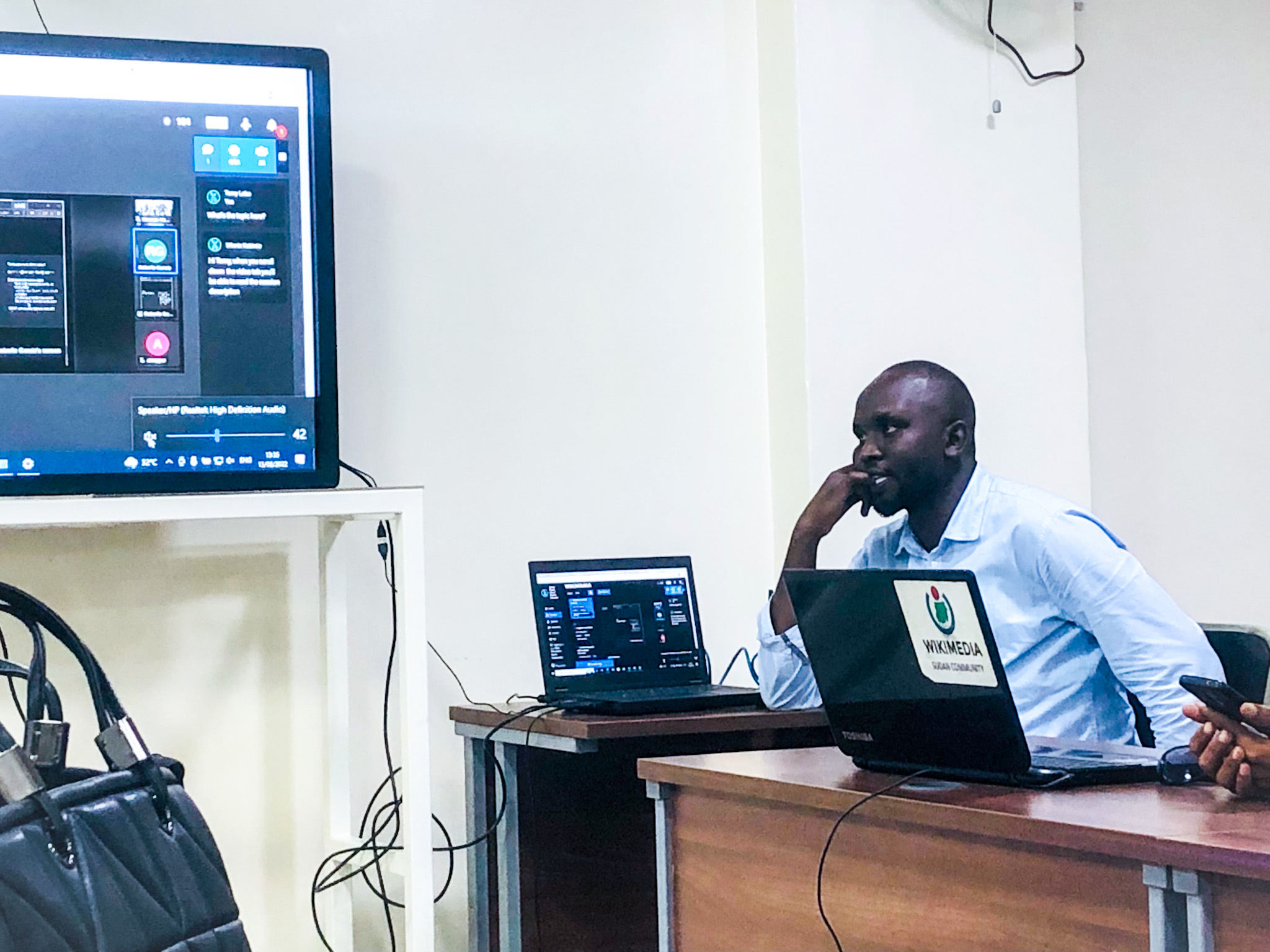
 The United Nations has warned of a recent
The United Nations has warned of a recent 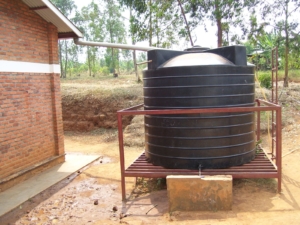 Technology has played a significant role in the reduction of global poverty. Two particular areas technology has improved impoverished communities are water access and water quality. For instance, a newly developed piece of technology showcases the potential for enhancing water security throughout Africa. The key is effective rainwater harvesting.
Technology has played a significant role in the reduction of global poverty. Two particular areas technology has improved impoverished communities are water access and water quality. For instance, a newly developed piece of technology showcases the potential for enhancing water security throughout Africa. The key is effective rainwater harvesting.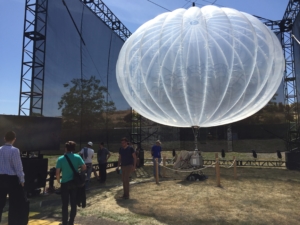 Innovative 21st-century technologies have motivated NGOs and tech companies around the world to develop apps and other online ways for people in developing areas to stay connected. Information provided on the internet or transmitted through SMS assists people worldwide with acquiring resources and employing techniques to advance education, healthcare and agriculture. Unfortunately, some areas remain untouched by the benefits of staying connected because their remoteness prevents internet availability — at least until now. Google’s sister company, Loon, is rising to the challenge of providing internet to remote populations in Africa and recovering populations affected by natural disasters using solar-powered 4G balloons with Project Loon.
Innovative 21st-century technologies have motivated NGOs and tech companies around the world to develop apps and other online ways for people in developing areas to stay connected. Information provided on the internet or transmitted through SMS assists people worldwide with acquiring resources and employing techniques to advance education, healthcare and agriculture. Unfortunately, some areas remain untouched by the benefits of staying connected because their remoteness prevents internet availability — at least until now. Google’s sister company, Loon, is rising to the challenge of providing internet to remote populations in Africa and recovering populations affected by natural disasters using solar-powered 4G balloons with Project Loon.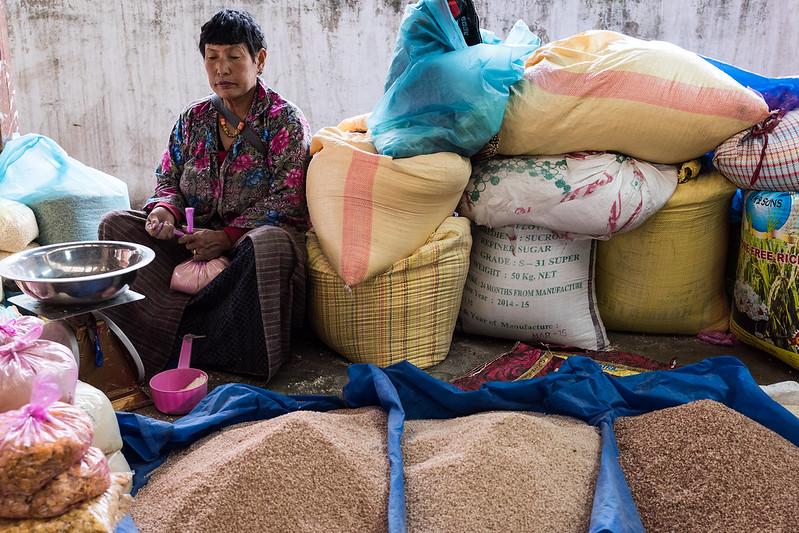
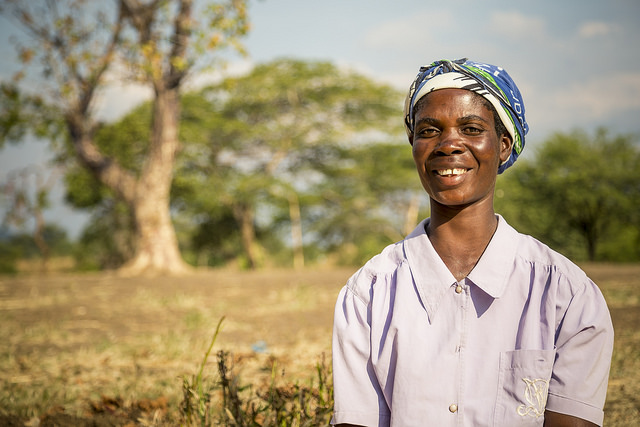 For the technologically privileged, access to the Internet is considered a tool of our everyday lives. But out of the world’s entire population, only a third of people in developing countries have access to an Internet connection, according to a
For the technologically privileged, access to the Internet is considered a tool of our everyday lives. But out of the world’s entire population, only a third of people in developing countries have access to an Internet connection, according to a 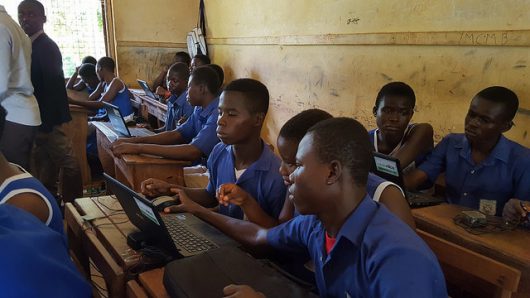 Broadband and the World Wide Web as we know it are over 20 years old. The ability to go online, search among multiple URLs (or Uniform Resource Locators) and hyperlinks and find information with a few clicks is a relatively new phenomenon that has changed the world. But still, according to the International Telecommunications Unit (ITU), some 52 percent of the world’s population
Broadband and the World Wide Web as we know it are over 20 years old. The ability to go online, search among multiple URLs (or Uniform Resource Locators) and hyperlinks and find information with a few clicks is a relatively new phenomenon that has changed the world. But still, according to the International Telecommunications Unit (ITU), some 52 percent of the world’s population 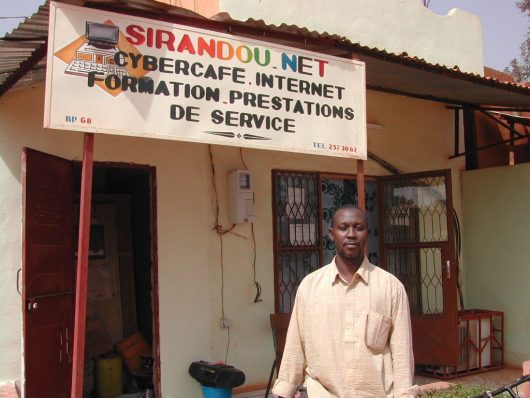 Most modern technology is marketed towards the world’s wealthy, but that should not inhibit its potential to help the world’s poor. As prices fall and production increases, affordable and basic technology may be the solution for eradicating global poverty.
Most modern technology is marketed towards the world’s wealthy, but that should not inhibit its potential to help the world’s poor. As prices fall and production increases, affordable and basic technology may be the solution for eradicating global poverty.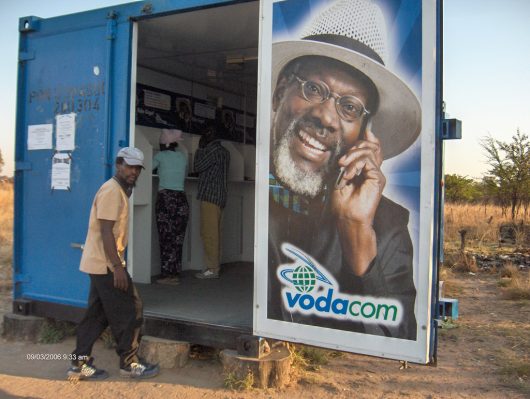 In
In 